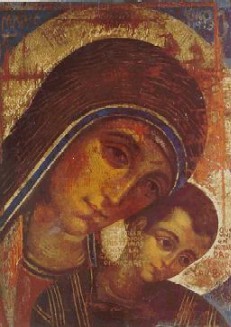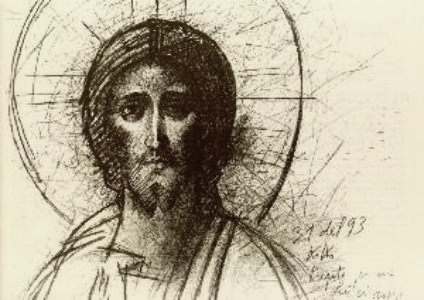About the Neo Catechumenal Way
experience the Kingdom of God which is reaching out to us, and to experience the joy of peace.
To arrive at this, it is necessary to give signs of faith in the surrounding situation, signs which make Christ present and credible, and signs which clearly show the man in the street that Christ loves him to the point of being ready to free him from his alienation, from his suffering, from death.
`Just as I have loved you, you must also love one another. By this love you have for one another, everyone will know that you are my disciples.' ` Father, may they be one in us, as you are in me and I am in you, so that the world (the man in the street) may believe it was you who sent me.'
The signs of faith call the parish to conversion. Through the love and unity of these communities the whole parish is called to conversion so that it can be seen that where these communities have been formed, the parish has been revolutionised in a positive way. The signs they create around them be sure because we love the brothers.' (1 John 3,14).
Where are these communities born?
Where are they born, these communities which make the Risen Christ present by radiating the love they have gratuitously received? The answer is: in the parish, which seems the most suitable place for the local Church to appear as the `sacrament of salvation', without creating a parallel Church, without destroying anything, gradually taking on the reality of the Church of today and the period of transition through which she is going.
The mission of the parish
Today, most traditional Christians live their faith at a childish level as is clearly shown by the divorce beC and if he agrees to be involved in it himself, he asks for catechists to be sent to him. They undertake to begin the Neocatechumenate, and to guide it in communion with him. The catechists also speak to all the priests in the parish, presenting to them the necessity of undertaking a pastoral work of evangelisation in the parish, through a post-baptismal catechumenate. Then they meet the various parish groups. Finally, they issue an invitation to all the faithful during Sunday Mass. The team of catechists is made up of a priest who guarantees the orthodoxy and the ecclesiality of the announcement, a couple, and a young man, who make up a small community of evangelisation.
First stage: the Kerigma
The first stage is the kerygma, the proclamation of salvation, which is developed by means of a direct and existential dialogue, which looks at the impact of Christianity on the lives of the people. The catecheses are based on a tripod upon which the whole catechumenate will be based: Word-Liturgy-Community.
The Precatechumenate
Once the community has been formed, the second stage is started; the precatechumenate. This is a period of kenosis in which each of the brothers tests his faith by walking together with the others, also imperfect and sinners, in the newness of a
 NEO - CATECHUMENAL WAY :: SINGAPORE
NEO - CATECHUMENAL WAY :: SINGAPORE 